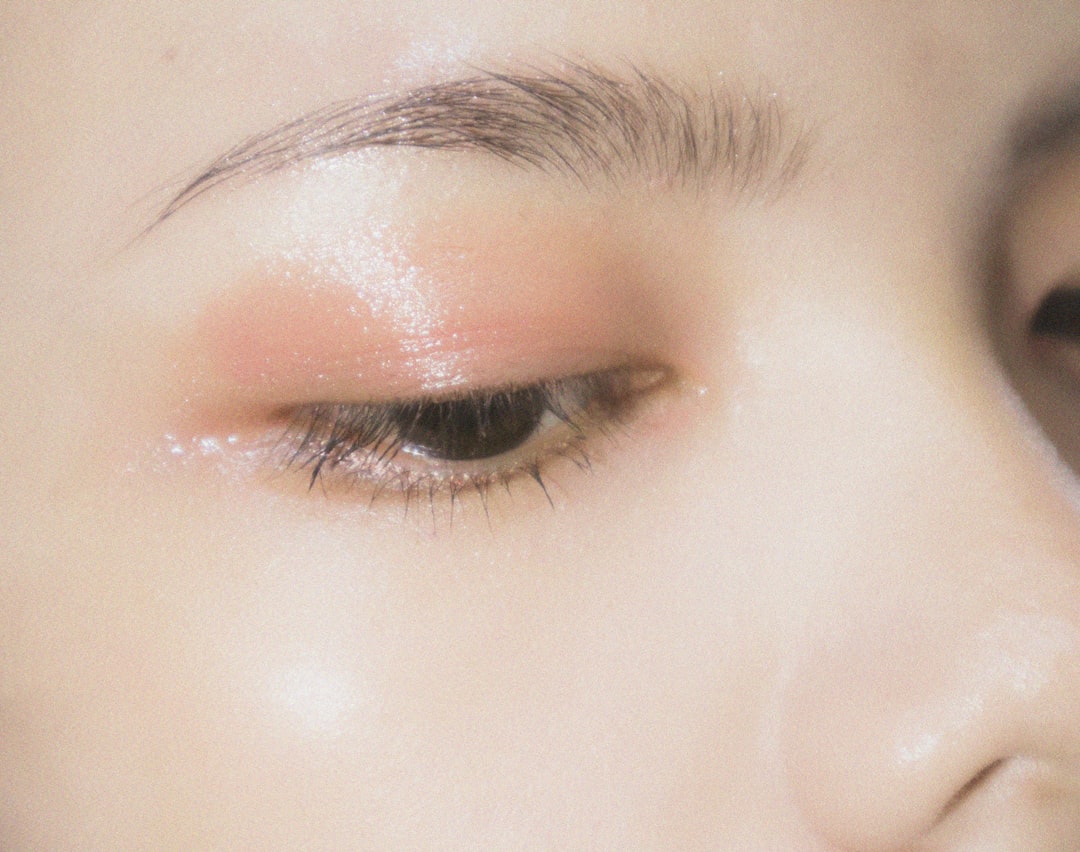

How to Shield Your Skin: The Guide to Protecting Against UV Rays
Exposure to ultraviolet (UV) rays from the sun can cause damage to your skin, leading to premature aging, sunburn, and an increased risk of skin cancer. Protecting your skin from UV rays is essential for maintaining healthy skin. Here is a comprehensive guide on how to shield your skin from the harmful effects of UV rays:
1. Use Sunscreen Daily
One of the most effective ways to protect your skin from UV rays is by using sunscreen daily. Choose a broad-spectrum sunscreen with an SPF of 30 or higher and apply it generously to all exposed skin, including your face, neck, and hands. Reapply sunscreen every two hours, especially if you are swimming or sweating.
2. Seek Shade
Avoid prolonged exposure to direct sunlight, especially during peak hours when the sun’s rays are the strongest (usually between 10 a.m. and 4 p.m.). Seek shade under a tree, umbrella, or wear protective clothing like a wide-brimmed hat and sunglasses to shield your skin from UV rays.
3. Wear Protective Clothing
Cover up with clothing that offers sun protection, such as long-sleeved shirts, pants, and UV-blocking fabrics. Look for clothing with a UPF (Ultraviolet Protection Factor) rating for added sun protection. Remember to protect your scalp with a hat or cap.
4. Avoid Tanning Beds
Avoid using tanning beds as they emit harmful UV radiation that can damage your skin and increase the risk of skin cancer. Opt for sunless tanning products or spray tans as safer alternatives to achieve a sun-kissed glow without the risks associated with UV exposure.
5. Stay Hydrated
Keep your skin hydrated from the inside out by drinking plenty of water throughout the day. Hydrated skin is more resilient to sun damage and can help maintain its natural barrier function. Aim to drink at least eight glasses of water daily to keep your skin healthy and hydrated.
6. Check the UV Index
Stay informed about the UV index in your area to gauge the intensity of UV radiation and plan your outdoor activities accordingly. Higher UV index levels indicate stronger UV rays, so take extra precautions when the UV index is high by following sun protection measures.
7. Perform Regular Skin Checks
Monitor your skin for any changes, such as new moles, freckles, or spots that appear irregular in shape or color. Perform regular self-examinations and consult a dermatologist if you notice any suspicious changes in your skin. Early detection of skin cancer can improve treatment outcomes.
8. Eat a Skin-Healthy Diet
Include foods rich in antioxidants, vitamins, and minerals in your diet to support skin health and protect against UV damage. Foods like berries, leafy greens, nuts, and fish contain nutrients that can help combat oxidative stress and inflammation caused by UV exposure.
9. Use Lip Balm with SPF
Don’t forget to protect your lips from UV damage by using a lip balm with SPF. Lips are often overlooked when it comes to sun protection, but they are susceptible to sunburn and skin cancer. Choose a lip balm with SPF 30 or higher for added protection.
10. Practice Sun-Safe Habits
Make sun protection a part of your daily routine by incorporating sun-safe habits into your lifestyle. Whether you’re going for
Blog managed by The Social Byte
